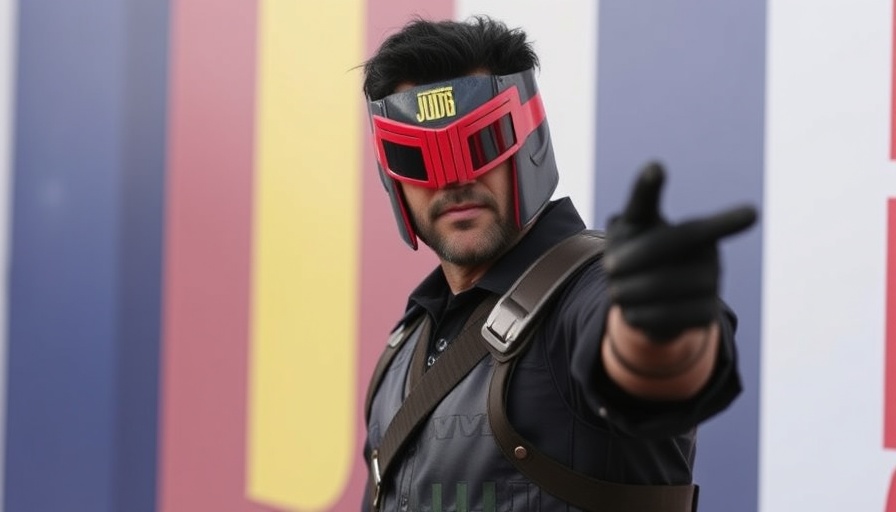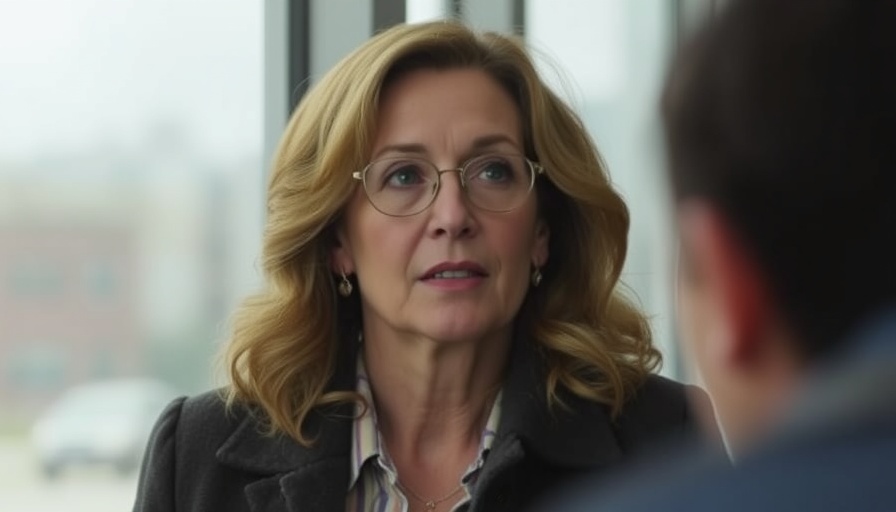
A New Era for Judge Dredd: Taika Waititi’s Fresh Vision
In a remarkable turn for the iconic comic book character Judge Dredd, Oscar-winning filmmaker Taika Waititi has been announced as the director for a new cinematic interpretation of this complex figure. Known for his unique storytelling and dark humor in films such as Jojo Rabbit and the Thor sequels, Waititi's appointment has sparked enthusiasm and curiosity among fans of the franchise.
Originally created for the British comic 2000 AD in the late 1970s, Judge Dredd is a law enforcement officer navigating a dystopian society. The character's film journey began in 1995 with Sylvester Stallone taking the lead role in a feature that fell flat both critically and commercially. A revival came in 2012 with Dredd, showcasing Karl Urban in a performance that received praise but struggled to find box office success.
The Creative Team Behind the Scenes
Joining Waititi is Drew Pearce, noted for his work on films like Iron Man 3 and Hobbs & Shaw. Pearce’s childhood affection for Judge Dredd mirrors Waititi's, as both creators aim to imbue this new film with their shared passion for the character. This collaboration raises hopes for a more authentic and engaging representation of Judge Dredd, leaning heavily into the source material’s essence.
A Closer Look at Judge Dredd's Evolution
Judge Dredd's stories are deeply rooted in themes of justice and morality, often wrapped in layers of dark humor and commentary on society. The forthcoming film promises to be more faithful to its comic origins, echoing the complexities of living in a world where law enforcement's power is absolute. The aim is to not just offer an entertaining spectacle but to provoke thought regarding authority and societal norms. This direction contrasts sharply with the less favorable receptions of previous adaptations, which often strayed from the underlying themes of the comics.
Expanding the Judge Dredd Universe
Importantly, the new project has aspirations beyond a single film. Sources indicate that this Judge Dredd project is envisioned as part of a larger universe that could extend its reach across both theatrical releases and streaming platforms. This model aligns well with current cinematic trends, as audiences gravitate toward interconnected stories that build expansive worlds. With shows like The Mandalorian and films within the Marvel Cinematic Universe setting precedents, the potential for Judge Dredd to thrive in a multi-platform narrative could rejuvenate fan interest.
Waititi's Unique Style and Its Potential Impact
As a director, Waititi is recognized for blending humor with poignant moments, inviting viewers into worlds that are both whimsical and sobering. His blend of these elements could offer a refreshing take on Judge Dredd that appeals to both long-time fans and new audiences. The challenge will lie in balancing the film's darker themes with the unique comedic flair that Waititi is known for, creating a narrative that resonates deeply.
Final Thoughts: What Lies Ahead?
While Taika Waititi's latest venture into the world of Judge Dredd marks an exciting chapter for the character, it also poses intriguing questions about the future of storytelling in the film industry. With evolving audience expectations and the demand for content that is both entertaining and thought-provoking, the success of this project could influence how comic adaptations are approached in the years to come.
As we await further developments on this project, it invites both skepticism and anticipation. Will Waititi successfully breathe life into Judge Dredd, or will it succumb to the struggles of its cinematic predecessors? Only time will tell, but with Waititi at the helm, fans are urged to remain hopeful.
 Add Row
Add Row  Add
Add 




Write A Comment